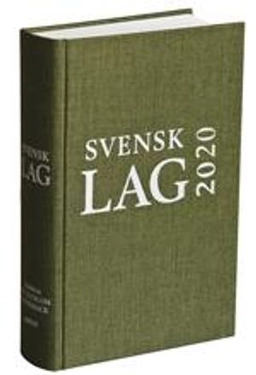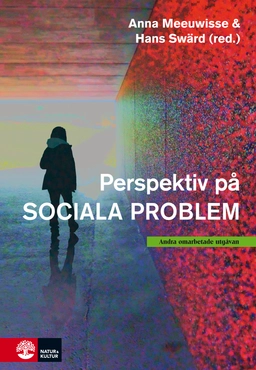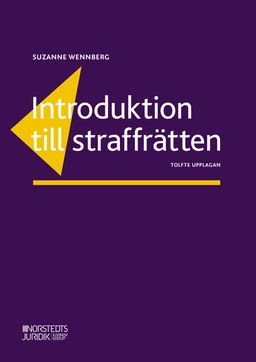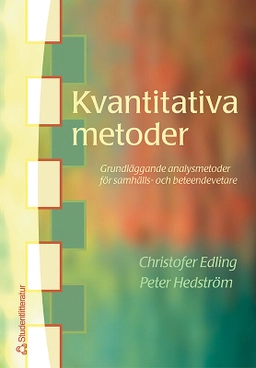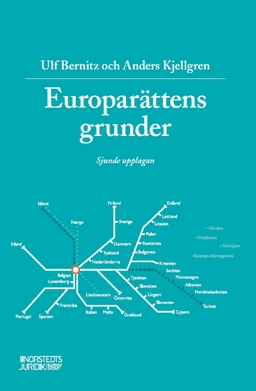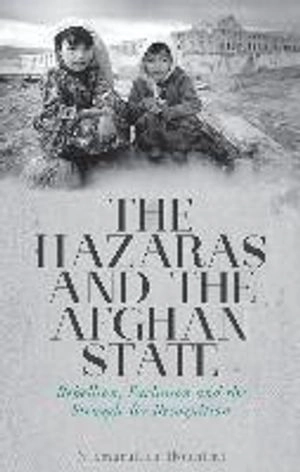

The Hazaras and the Afghan State : rebellion, exclusion and the struggle for recognition
- Utgiven: 2017
- ISBN: 9781849047074
- Sidor: 224 st
- Förlag: Hurst & Company
- Format: Inbunden
- Språk: Engelska
Om boken
Åtkomstkoder och digitalt tilläggsmaterial garanteras inte med begagnade böcker
Mer om The Hazaras and the Afghan State : rebellion, exclusion and the struggle for recognition (2017)
2017 släpptes boken The Hazaras and the Afghan State : rebellion, exclusion and the struggle for recognition skriven av Niamatullah Ibrahimi. Den är skriven på engelska och består av 224 sidor. Förlaget bakom boken är Hurst & Company.
Köp boken The Hazaras and the Afghan State : rebellion, exclusion and the struggle for recognition på Studentapan och spara pengar.
Referera till The Hazaras and the Afghan State : rebellion, exclusion and the struggle for recognition
Harvard
Oxford
APA
Vancouver

